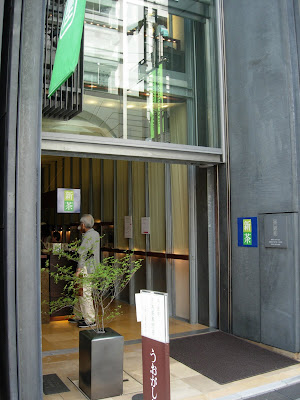

Fish eggs are an essential part of the seafood culture in Japan. Popular types include salmon roe (ikura and sujiko), mentaiko (spicy cod or pollack roe), tarako (salted cod or pollack roe), and tobiuo (fish eggs from flying fish). Fish eggs in general are called gyoran. My favorite is mentaiko that you can schmear into bread or with pasta. It can also be grilled and had with sake. We have tried some fish eggs like from maguro or fugu, but those are not as popular and rarely in the market. Karasumi is similar to bottarga and is great with a dry sake.
Here is what the gyoran selection looks like at a large supermarket.






























































